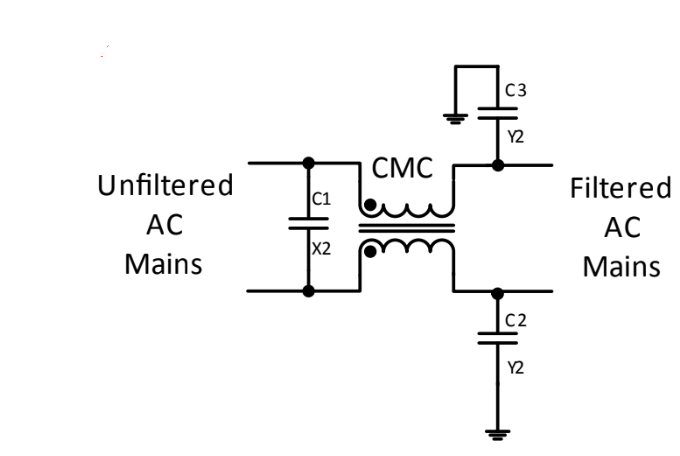BÀI VIẾT
Sách AC/DC Book of Knowledge của RECOM
AC/DC Book of Knowledge
Have you ever wondered why we have 115VAC or 230VAC mains voltages, or 50Hz or 60Hz? Who chose these numbers, anyway? This chapter explains the history of the development of AC power.Chapter 2: Linear AC/DC Power Supplies
Is there room for linear AC/DC power supplies in the modern world, or are switching power supplies the only answer?Chapter 3: Apparent, Reactive and Active Power
Taking the analogy of a beer mug: active power is the liquid beer, reactive power is the head of foam and apparent power is the full glass. This chapter explains the mathematical relationship between “useable electricity” and “wasted electricity”.Chapter 4: AC Theory
This chapter on AC theory covers impedance diagrams, phasors and the importance of the imaginary square root of minus one. What is the link between polarized light and Maxwell’s field equation?
Chapter 5: Passive Components
The working lifetime of a power supply is very often limited by the choice of capacitors. When is a 100µF capacitor not a 100µF capacitor? This chapter explains the stress factors and how to design an AC/DC converter with more than 20 years’ lifetime.
Chapter 6: Active Components
MosFET, IGBT, SiC or GaN? This chapter covers the fundamentals of power switching transistor behaviour and how to design for high reliability switching.
Chapter 7: Power Factor Correction
Power factor correction is often a regulatory requirement for AC/DC converters. What techniques are available and what are their respective advantages and disadvantages?
Chapter 8: AC/DC Converter Topologies
This chapter is a comprehensive overview of AC power supply topologies: single-ended, quasi-resonant, two-transistor, interleaved, parallel, half-bridge and full-bridge, single phase and three phase. If it is not here, you probably don’t need it!
Chapter 9: Transformerless AC Power supplies
Not all AC/DC power supplies need a transformer. What has IoT to do with non-isolated AC/DC converters?
Chapter 10: Wireless power
Power without wires has been an ambition since the time of Tesla. Now with the advent of Qi and other standards, wireless power is moving away from electric toothbrushes and becoming a very useful power transfer technique.
Chapter 11: Feedback
Feedback is the essence of every stable system. How can I design my power supply to react quickly to sudden changes in load or input voltage, but stay smooth when the load is constant? Why is the optocoupler the weak link in the chain and what alternatives to exist?
Chapter 12: Low Standby Power Consumption Techniques
Microprocessors have a current consumption that varies by a factor of 100million between full speed and deep sleep modes. How can I design my power supply to deliver full power when needed, but consume as little power as possible when the load is near to zero?
Chapter 13: Measuring AC
“Wer misst, misst Mist!“ Measuring AC is not so simple as measuring DC. This chapter outlines the different AC measurement techniques and explains why your multi-meter may not be telling you the whole truth.



